Automatic cover kits for vinyl-lined pools
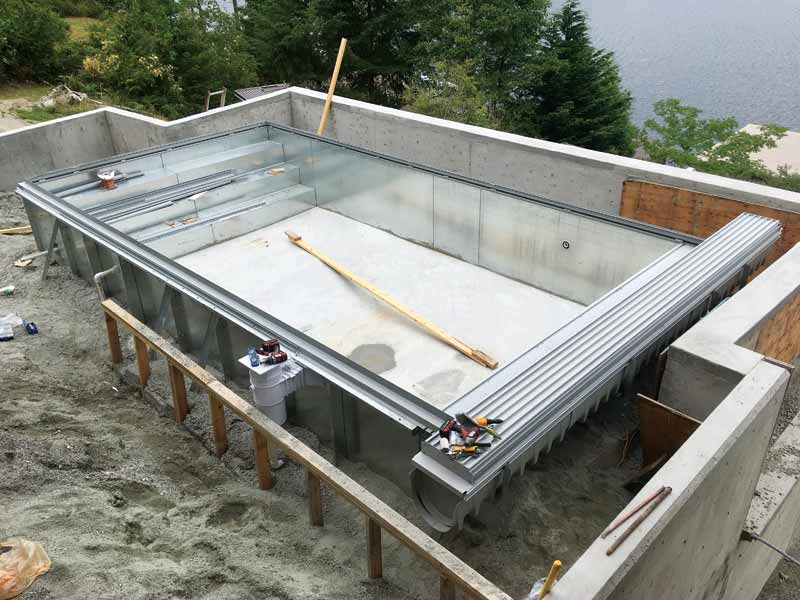
Today’s automatic pool cover systems attach very easily to vinyl-lined package pools. In fact, the automatic covers themselves come in a ‘kit’ system—similar to how package pools arrive as a ‘kit.’ Created for pool builders who specialize in vinyl-lined applications, these kits require very little excavation and no additional form work. Plus, the cover housing is simple to level, as it attaches to the back-end of the pool.
Further, these systems can be installed alongside any type of deck, whether its concrete, pavers, stamped concrete, or limestone.
“The kits come with strong, removable lid brackets, in a variety of lengths that can support any deck surface,” says Gary Hendrick, president of Hendrick Pools, a family operated business in McCordsville, Ind., that has been building pools for more than 30 years.
These lid brackets are placed over the drive mechanism and support a flush, aluminum walk-on-lid making the system completely enclosed.
“People want a nice, clean job with no track on the deck,” says Hendrick. “The cover box lid with automatic pool covers is virtually invisible as it lies perfectly flat with the deck, which many homeowners prefer.”
This enclosed cover box is not only convenient for the builder, but also makes maintenance easy for the owner.
“The box stays cleaner and helps keep critters out of the mechanism,” explains Horwood.
The first time vinyl-lined pool builders install an automatic cover, however, the process, for some, can be a little overwhelming.
“There are a lot of boxes and the process can be likened to assembling Ikea furniture,” says Horwood.
As such, some builders prefer to hire an expert to install the automatic cover, while others work with the automatic pool cover suppliers to get training, especially for their first installation.
Installation overview
Assuming the pool is square, the pieces required for an automatic cover are installed right into the steel or polymer wall. After the wall panels are installed, the automatic pool cover kit can be assembled within roughly eight hours. Those eight hours are broken up into two stages: four hours for two people to complete the pre-pour stage, plus an additional four hours with two people to complete the post-pour stage.
At the simplest level, an automatic cover consists of two parallel tracks—one on each side of the pool. Each track is comprised of two channels, designed to allow a rope to travel poolside, around a pulley at the track’s end, and then on the backside of the same track into a storage house. The cover is attached to the poolside rope, so when the non-poolside rope is pulled, the cover is drawn out over the pool. A tube is used to retract the pool cover into the same housing.
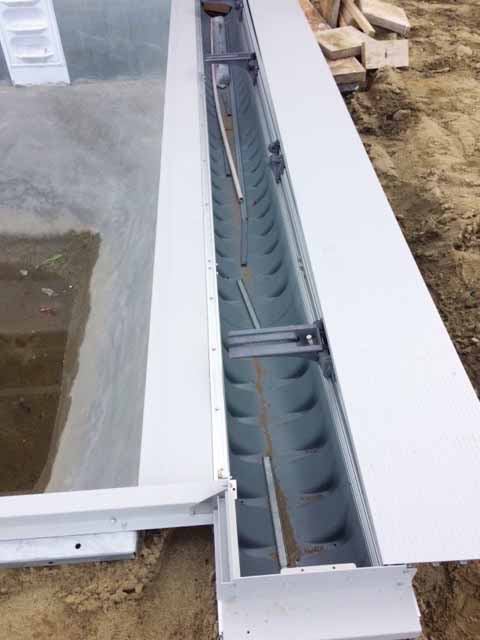
The manufacturer’s drive system contains the brains as to how fast or slow the system moves. It determines how the cover will stop at each end of the pool, and may also feature technology to prevent damage if the cover becomes under stress during operation.
Pre-pour steps
As with any vinyl-lined package pool, construction begins with excavation and then setting the pool panels in place. Next, the automatic cover kit is installed before any backfilling begins.
Using a one-piece coping design around the perimeter of the pool, the kit includes corner assemblies compatible with most package pools, including 152-mm (6-in.) radius, 76-mm (3-in.) diagonal, 0.6-m (2-ft) radius, and 90-degree square corners.
Once the coping is attached, a ‘slide-on’ polybox housing is placed with a wall cap to support the housing. This housing is pre-crafted and fastened into the wall cap in a ‘tongue-and-groove’ fashion, which permits easy installation.
Next, builders use an adjustable stake brace for precise levelling of the housing. The kit also includes ‘drop-and-lock’ brackets within the polybox. This ensures accurate placement of the automatic cover mechanism on the pool.
Once the polybox housing has been placed, the pool is then backfilled.
Post-pour steps
Next is the process of pouring the pool deck—and installing the ‘post-pour’ pool cover. This occurs after the deck is poured, the vinyl liner is placed, and the pool is being filled with water. It is during this stage when the second phase of automatic pool cover installation takes place.
This procedure begins by installing the roller mechanisms into the polybox, which takes about an hour. The mechanism is placed on hangers within the box and then locked into position.
Next, the tracks are laid and ropes are placed along each side of the pool. This second step takes one to two hours to complete. The aluminum tracks have a double-channel design: one channel for the rope and the other for both the rope and cover.
Once the tracks are in place, installers then set up the unit’s leading edge bar, which is positioned in front of the cover to prevent it from dipping into the water. The ropes are attached to the mechanism’s rope reels, allowing the fabric of the cover to be pulled over the pool. The installer then makes any necessary adjustments to ensure the cover operates smoothly. Finally, brackets are placed over the cover housing to hold the lid, which encloses the mechanism and housing.
Final touch (pad)
The pool cover’s touch-pad controller is the final installation item. Ideally, this should be pre-wired before the cover is installed. Once the cover is in place, builders should take the time with the customer to perform a complete demonstration of the mechanics before the hand-over.


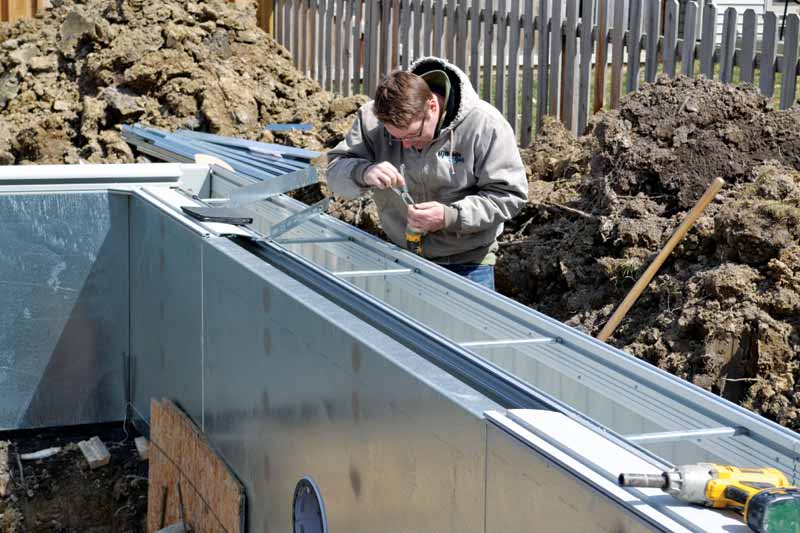

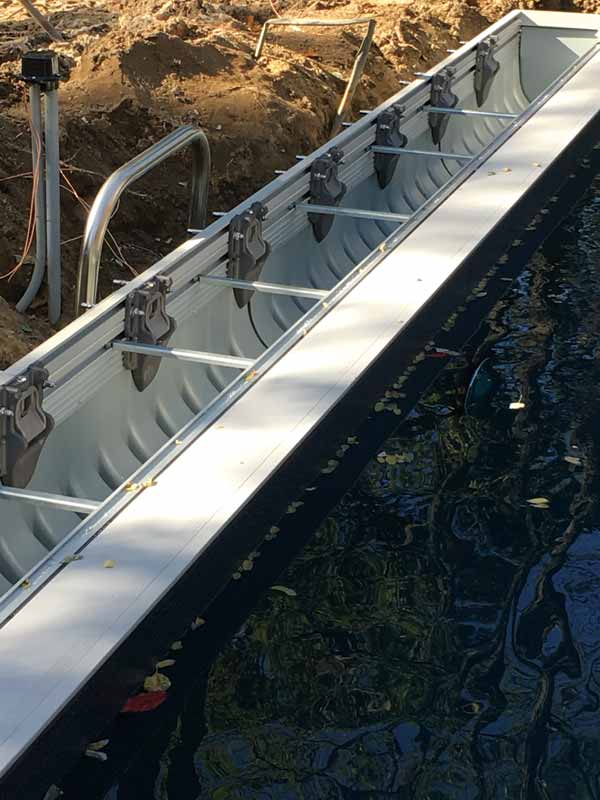
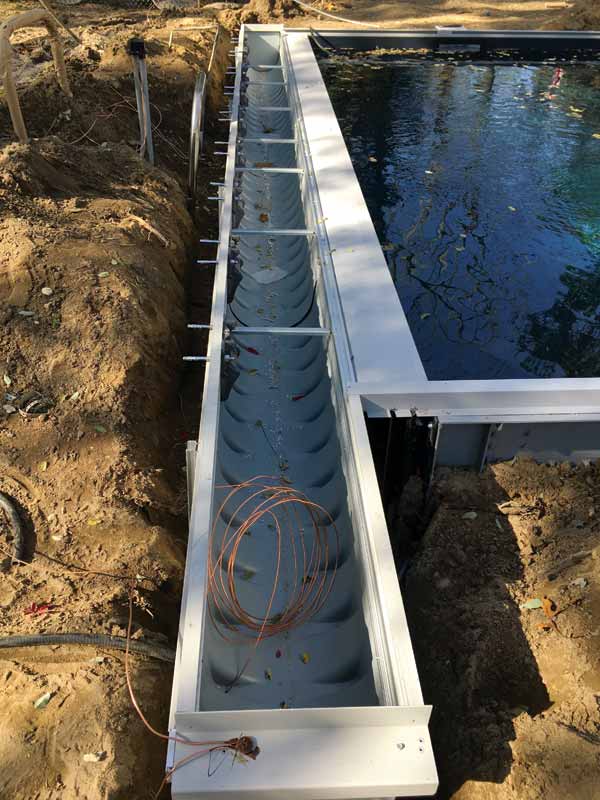
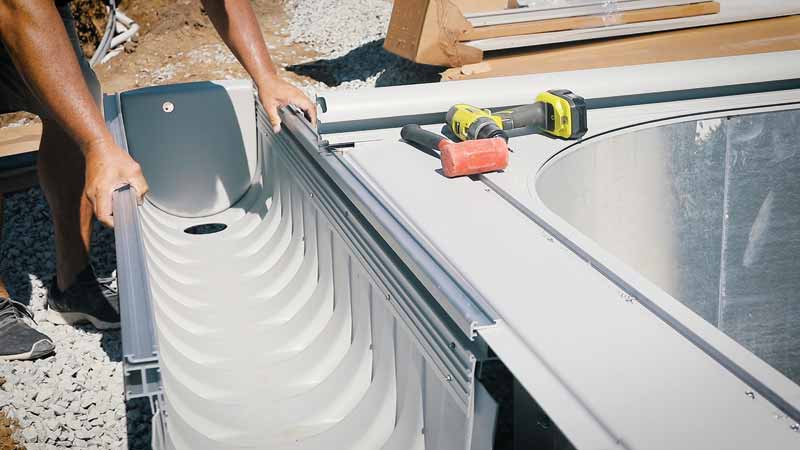


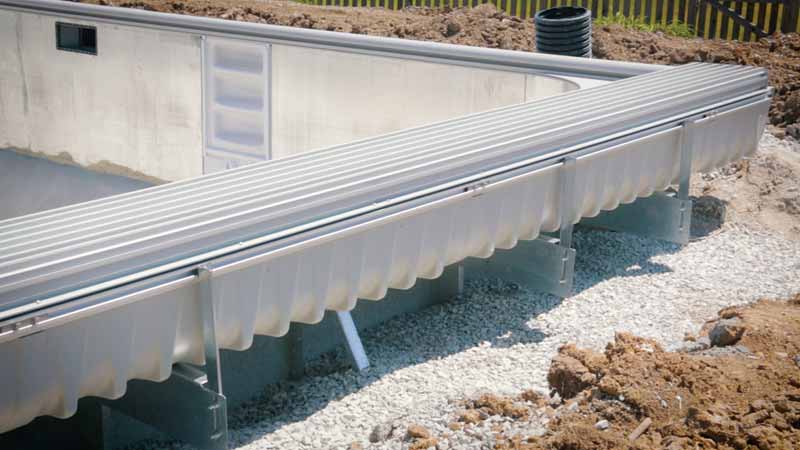
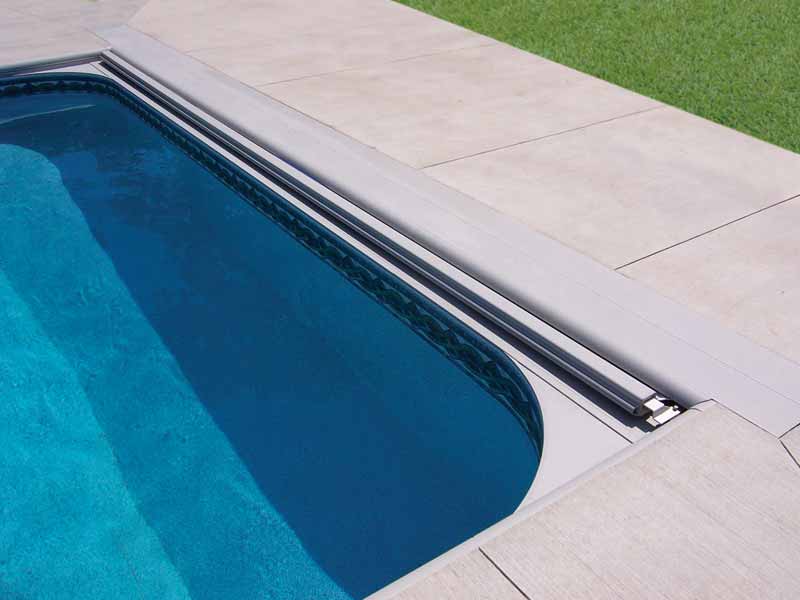
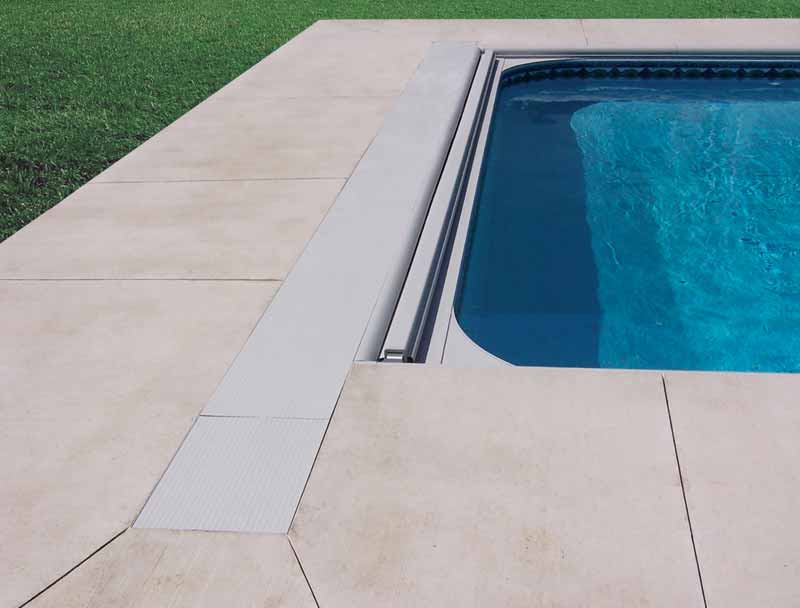





I have been trying to find a reputable pool company to get one installed for my swimming pool I have a huge oak tree and the pool can stay clean for 24 hours especially with high winds in my area. I also went online to see if I can get any advice like the top or best for example here https://bluewaterspoolservices.com/best-pool-cover-pumps/ but I will really appricte if any of you can get me a few good brands. Thank you!